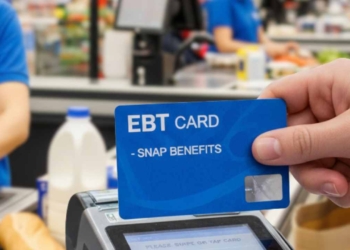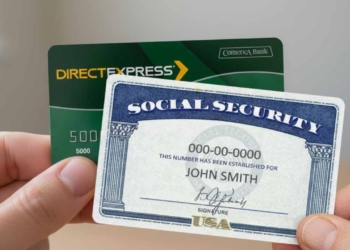The Internal Revenue Service can deliver tax refunds within 21 days. Sometimes, the IRS is able to deposit payments within 8 days if your return is complete, accurate, filed electronically, and you requested a direct deposit. That is why it is unlikely to be waiting for long for your refund. However, the Agency may need to review your case for several reasons.
This could delay the normal refund payment windows. For your information, if you are a new taxpayer, you may not know that it is possible to check your refund status on the IRS website or on your mobile app. All you need to do is use the “Where’s My Refund?” tool or download the IRS2Go mobile app if you do not have it yet.
Does any of these IRS tool indicates your refund was issued?
Keep in mind that if one of these apps shows that the Internal Revenue Service has already made the payment of your refund, but you have not collected it yet, you should wait for up to 5 days.
Banks and financial institutions’ processing times may vary, and it is sometimes normal to wait for a few days once you see the sent date on the Where’s My Refund? tool.
If you have been waiting for 5 days and you have not received it, it is possible that your refund might have been misplaced, stolen, or lost. Here is what you should do in that situation
IRS & refund trace
If you have not received your refund and it has already been sent, after having waited for 5 days, you can ask the Internal Revenue Service to do a refund trace. This is what the Agency usually does to see what happened to a misplaced, lost, or stolen refund payment.
Thus, the IRS will be able to see where your paper check is and if it has been cashed, or if your direct deposit was received by a bank or financial institution in the United States.
Before requesting the Internal Revenue Service to trace your tax refund payment, make sure your return had no errors or mistakes that may have caused the payment to be delayed or lost.
Also, you should ensure that the processing time for a refund has passed. Depending on your filing status, you may have to do something different to do a refund trace.
For example, heads of household, married filing separately, and single filers can call the IRS. The Agency offers an automated system to help taxpayers in this situation.
The Internal Revenue Service Refund Hotline will be what you need to use. Call the Agency at 800-829-1954. It is also possible to speak with an employee instead of the automated system. If you prefer it, you can use the IRS2Go app or the “Where’s my refund tool”. Married couples filing jointly must complete Form 3911 and mail it.





